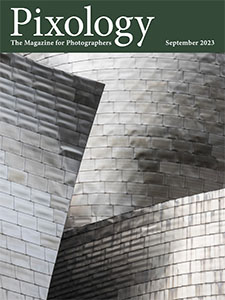Today’s Question: Since Adobe introduced the recent 2024 updates to Photoshop and Bridge, I am getting an error message [indicating Photoshop can’t be found] when I double-click on a thumbnail in Bridge. It seems to be looking for the 2023 version of Photoshop. How can I solve this problem?
Tim’s Quick Answer: You can resolve this issue by updating the file type associations in Preferences in Bridge to reflect the latest version of Photoshop.
More Detail: It is possible to have more than one version of Photoshop installed, and sometimes this can lead to issues where Adobe Bridge is looking for a version of Photoshop that is no longer installed. In other words, if you double-click on an image to open it in Photoshop, you may receive an error message indicating Photoshop couldn’t be found.
To resolve this issue, go to the Preferences dialog in Adobe Bridge by going to the menu and choosing Edit > Preferences on Windows or Adobe Bridge > Settings on Macintosh. In the Preferences dialog go to the File Type Associations tab by selecting it from the list along the left side of the dialog.
Within the File Type Associations tab, you’ll see a long list of file types supported by Bridge. You can scroll through or search for a file format and change the popup to the right of the file type to the latest version of Photoshop (currently Photoshop 2024 25.0). You’ll need to repeat this for each of the file types you want to open in the latest version of Photoshop from Bridge, such as proprietary raw capture formats, Adobe DNG files, Photoshop documents, TIFF files, JPEG images, and perhaps other formats.
After updating the file type associations, you can click the OK button to close the Preferences dialog. When you then double-click on a file of a type you updated the file type association for that image will be opened in Photoshop as expected.



